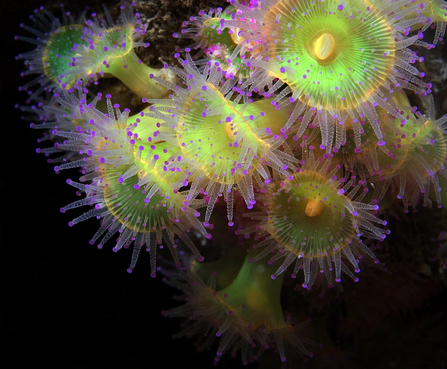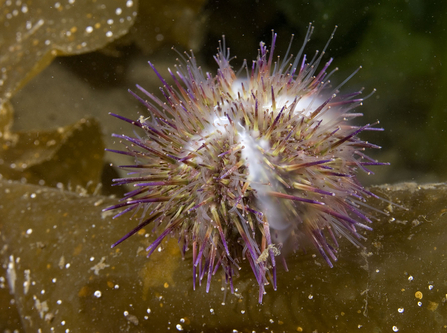Bottom trawling is a fishing method used to catch fish and other seafood by dragging heavy chains across the seabed, bulldozing fragile marine habitats. The 41 Marine Protected Areas in the consultation have been designated in this way to protect the seabed, so allowing bottom trawling there makes a mockery of this designation.
We need your help to protect our fragile marine life and habitats and there are just a few weeks remaining to respond to the consultation, as it closes on 29 September.
Why is this so important? Let’s take a look at how the proposed bottom trawling ban would impact the 4 Marine Protected Areas in Devon that are being considered in the consultation.








